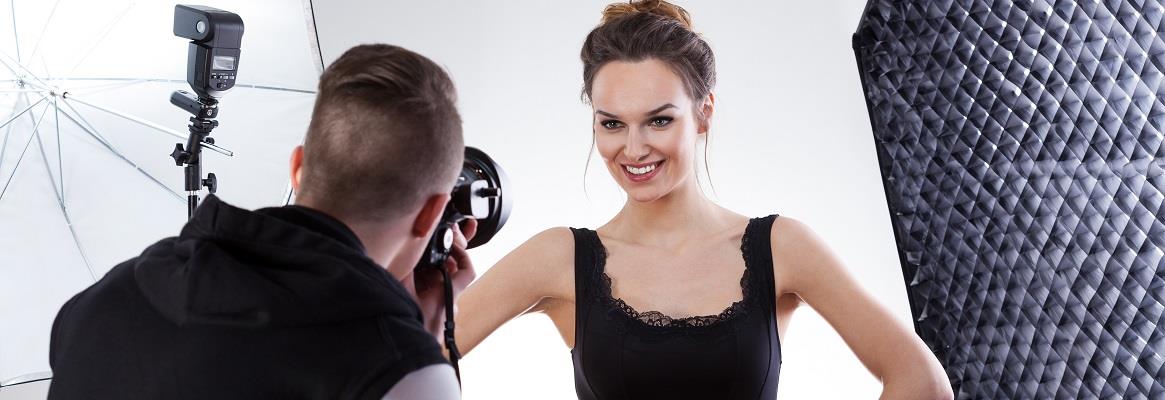Fashion photography is an immensely thriving business, which is relevant worldwide. Millions of fashion images are published online daily, with models endorsing garments, accessories, or other commodities. Taking great shots seems simple, but anyone who has tried to learn how to take professional photos knows that there’s a lot more to it than that.
While it's a profitable branch of photography, it is equally complicated to master, especially if you want to go pro. Fashion photography, much like the fashion industry itself, is tremendously fast and lives in the present.
It's important to mention that the style is ever-evolving and shifting, with new styles and ideas arriving every day. Let’s take a quick look at some great tips if you're interested in learning all about fashion photography.
Here's a detailed breakdown of composition tips for better fashion photography:
• Tell a story
When you venture into fashion photography, you must make a mental note about delivering a narrative with each photo you shoot. All the top fashion photographers in the business will have one thing common among their respective works- they try expressing a thought or an idea with their pictures.
They force the viewer to adapt to their perceptive rather than sticking to their original point of view. They make sure that their thought-process and theme are duly conveyed without necessarily putting any caption or subtext.
It would be best if you learned how to tell a story in a strictly visual medium like photography, where you complete different words and context restrictions.
• Subject placement
As photography shares its roots with arts, you cannot be remaining confined with the dos and don'ts of any copybook. It would be best if you considered experimenting and improvising your ideas through your photography to develop a unique niche for yourself. This is something that plenty of photographers have done in the past.
The rule of thirds is a fundamental concept in photography. If you drop that idea and put your subject right in the centre, you will realise that the point of view has an uncanny resemblance to fashion photography. Hence, it's all about changing the perspective from time to time.
• Appropriate background
Fashion photography is not always about shooting beautiful models, travelling every season, or using superior camera gear. It largely depends on the point of view and perspective of the photographer. It would be best if you remember shooting. You need to use a backdrop or a background to complement your subject or even contribute to the ultimate frame.
It would be best if you were mindful of how the background affects the image's overall balance or whether the background is identical in structure, pattern, or colour to the subject. You must be using the background to lead the viewers' attention to the subject. Urban settings are highly recommended for background using when doing fashion photography. The abundance of aesthetic buildings, high rises, and vivid colours add more to the picture composition.
In addition to urban settings, fashion photographers can also experiment with dark and elegant black backgrounds to add drama and sophistication to their photos. The use of black backgrounds can create a powerful contrast, making the subject stand out and emphasising their clothing or accessories. This technique is particularly effective for showcasing high-end fashion items, such as luxury watches or jewellery, as it gives them a timeless and classic look.
• Create a counterbalance
A brief introduction to the world of photography will teach you that achieving the color balance is the key to picture composition. But you must be prepared to adjust if the situation is challenging and you are forced to position your subject or model at unusual angles.
Then you will have to adapt to counterbalancing to adjust the composition of the frame. It involves including a secondary component to create a frame balance in your image.
Conclusion
A brief experience in the industry will help you learn more about the profession's demands. If you learn to be flexible, you will have a smooth experience while shooting harsh conditions or limited resources.








Comments